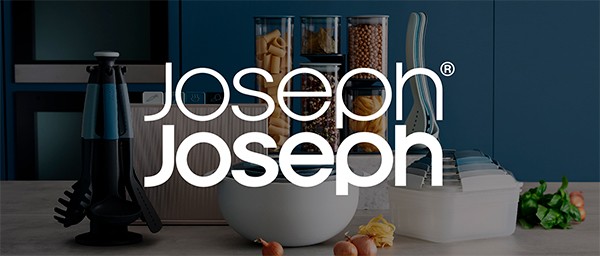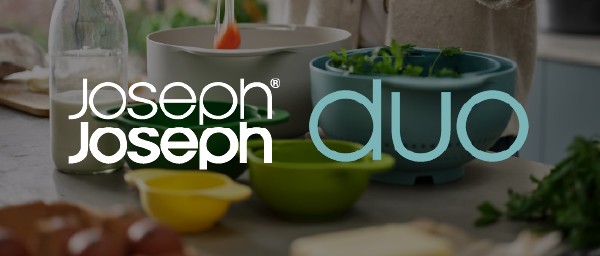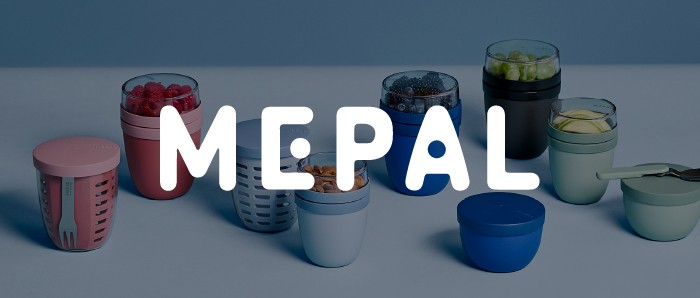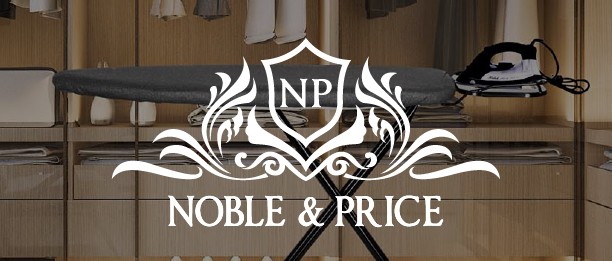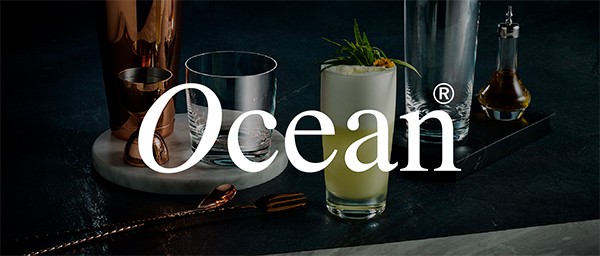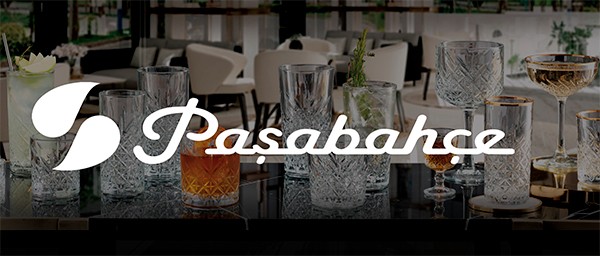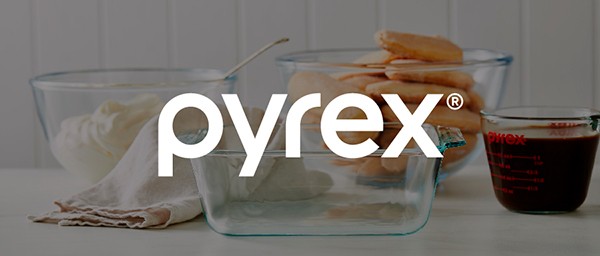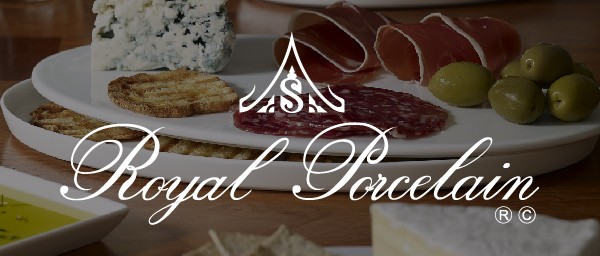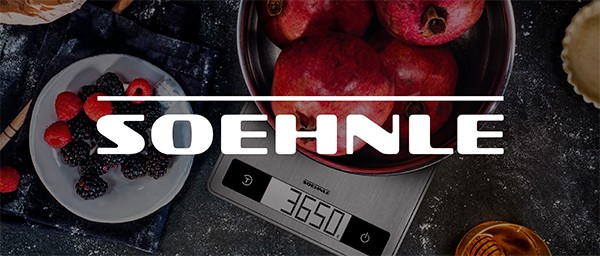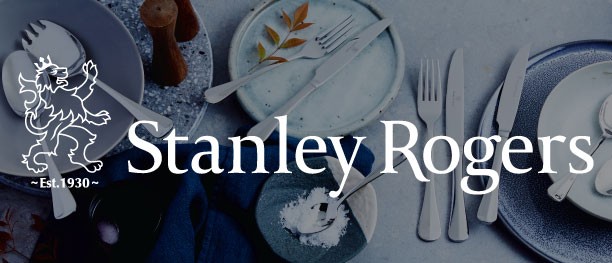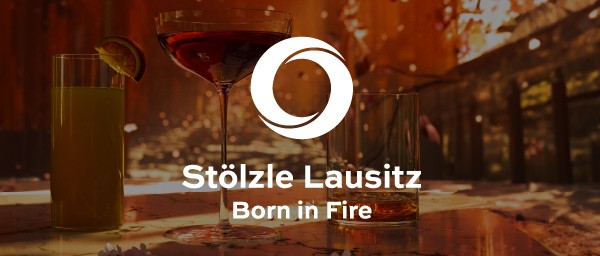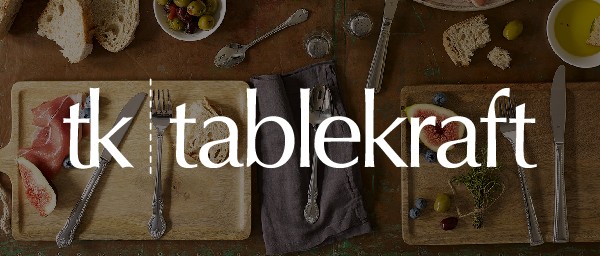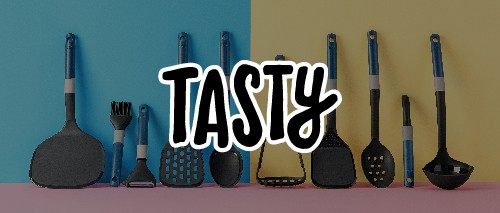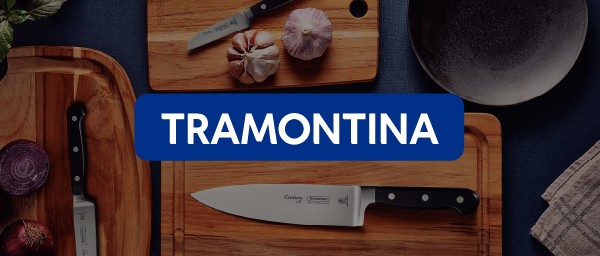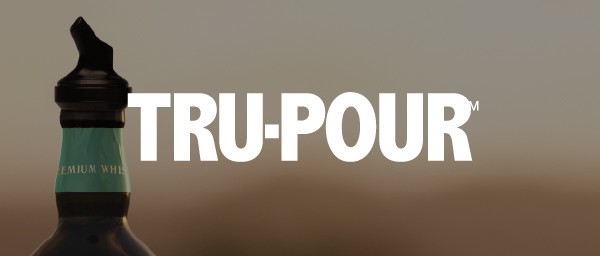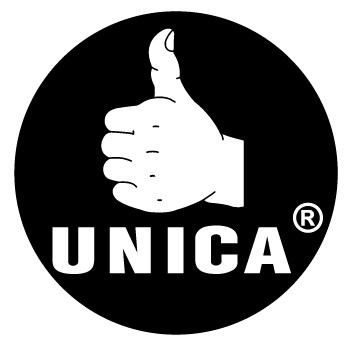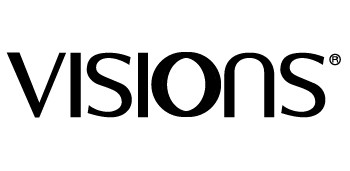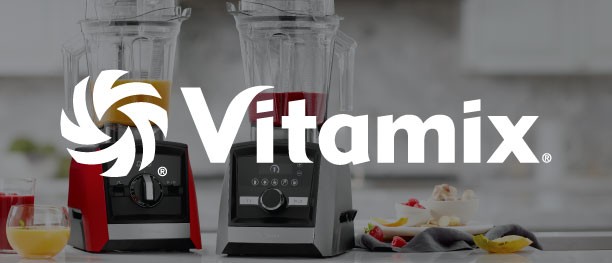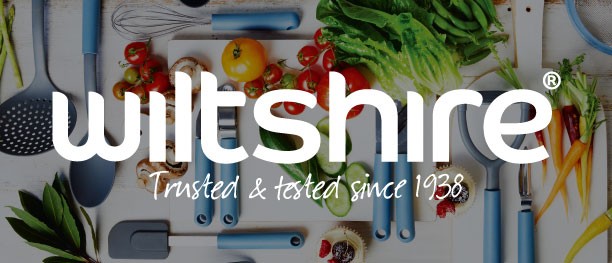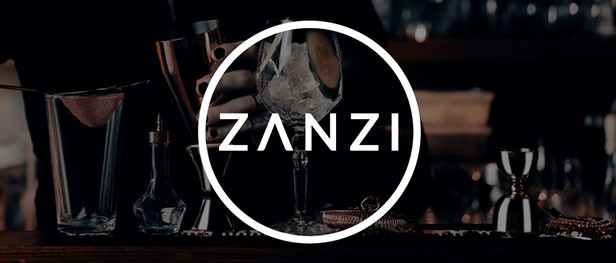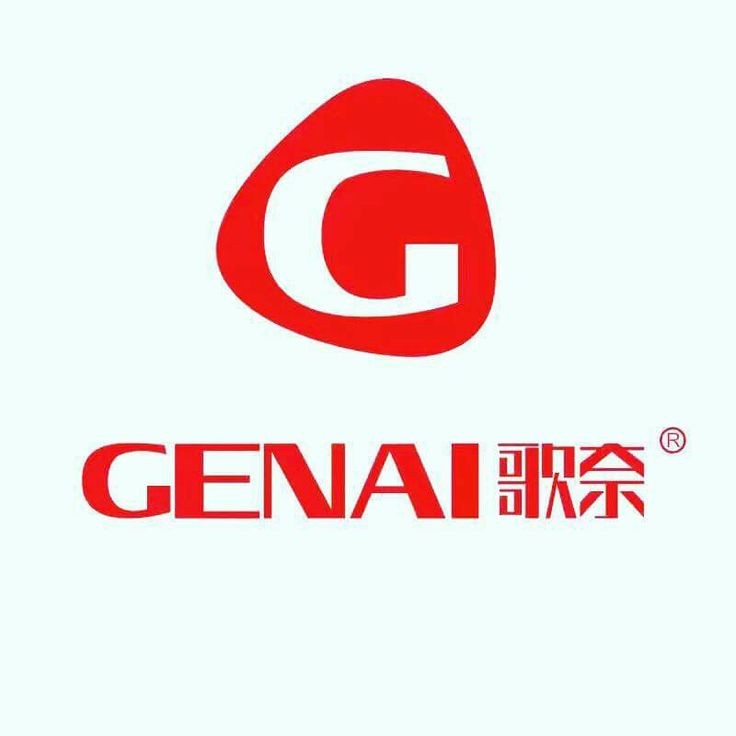How To Get Featured On Nz News And Blogs For Natural Backlinks
Why getting featured on NZ news sites and blogs matters
In the New Zealand digital marketing landscape, securing backlinks from reputable local news outlets and influential blogs can significantly
boost your website’s authority, organic search rankings and local visibility. According to one guide, the NZ SEO ecosystem emphasises
localised, high-quality link acquisition because domain authority, content relevance and “natural” link signals matter heavily. Ranktracker+2toptalent.co.nz+2
Backlinks earned via editorial mentions or media features (often called “PR backlinks”) are especially valuable because they represent
third-party endorsements rather than self-placed links. As one resource defines: “a link from a media outlet to your website” is a PR
backlink, and such links “significantly boost your brand awareness and online visibility”. Authority
Builders Co.
For NZ audiences, being featured on local news or blogs also helps you rank better in NZ-specific search results (Google .co.nz) and build
trust among New Zealand readers and customers.
Understanding the NZ media & blog environment
Before launching outreach, it’s important to know how the New Zealand media/blog ecosystem operates — including what NZ editors and bloggers expect.
-
Many NZ sites have strict editorial standards and expect submissions to be well-researched, non-promotional, and genuinely useful for their
audience. Ranktracker+1
-
NZ English usage, local cultural context and references matter. One NZ guide emphasises tailoring content to resonate with a NZ audience:
“Use local references, examples, and language to make your post more relatable.” New
Zealand Backlinks
-
Guest posting and blog contributions are a common tactic in NZ link-building strategies. For example: “Guest posting on high-authority New
Zealand websites can significantly improve domain authority.” Ranktracker+1
-
Media publications (news sites, major blogs) carry stronger weight. A PR link from a recognised news site bestows more “credibility” (or
E-E-A-T: experience, expertise, authoritativeness, trustworthiness) on your site. Authority
Builders Co.
-
Some NZ blogs or news sites may not respond quickly to outreach or may have more stringent acceptance criteria. As one Reddit post noted:
“I’ve been trying to create backlinks for my client, targeting the New Zealand market. However, when I reach out to websites with NZ TLDs, I find that the site owners don’t even open the attached emails.” Reddit
This suggests persistence and relationship-building matter.
Step-by-step: How to get featured on NZ news & blogs
Here’s a breakdown you can follow to increase your chances of earning natural backlinks from NZ media and blogs.
1. Define your story / angle
-
Think of a newsworthy or blog-worthy angle: what makes your business or piece of content interesting to a NZ audience? Are you offering
expert commentary, unique data or a local case study?
-
Media outlets and bloggers are looking for value for their audience — you must ask: “What insight or story can I provide that their
readers will care about?” A guide on PR backlinks suggests you need to create “professional content” and align your pitch with the
journalist’s beat. Authority Builders Co.
-
Identify the specific topic, the local context (city/region, NZ industry niche) and how you will present it (e.g., infographic, survey,
commentary).
-
Ensure the idea is timely and has relevance — e.g., a new study, launch, regional event, unique NZ data or a trend impacting New Zealand.
2. Research target NZ news sites and blogs
-
Compile a list of NZ publications (news sites, high-traffic blogs) relevant to your niche. For example: major NZ news outlets or specialist
industry blogs. A NZ link-building guide lists sites like NZ Herald, Stuff, Scoop. Ranktracker
-
Check each site’s editorial guidelines, guest posting policy, preferred content types, and whether they accept contributor content. For
blogs, check “Write for us” or contributor sections.
-
Evaluate the domain authority, traffic, and relevance of each site. The higher the quality (and local relevance), the more valuable the
link.
- Look at recent articles: what topics are they covering? Who are the authors? Are there contributors you can connect with?
-
Additionally consider niche NZ blogs (regional, industry‐specific) that may welcome contributions and still provide good local authority.
3. Build relationships & positioning
-
Begin by engaging with the target site’s content: share their articles on your social media, comment thoughtfully, mention them in your
content. This builds familiarity.
-
Connect with journalists, bloggers or editors on LinkedIn, Twitter/X or via their contact email. Introduce yourself, highlight your
expertise, and mention how you can add value.
-
Consider becoming a “go-to” source: if you can provide expert commentary for an article, you don’t necessarily need full guest post rights,
but you may get a mention and a backlink. The Shopify article on backlinks emphasises: “Be a resource for journalists.” Shopify
-
Offer to collaborate: co-author a blog post, provide exclusive NZ data or case-studies, or be an interview subject for a feature.
4. Craft a compelling pitch or submission
-
Your pitch should be short, personalised and clearly state what you are offering the editor/blogger and why it matters to their
audience.
-
Address them by name (if you have it); reference a recent piece of theirs and indicate how your contribution aligns with their readership.
-
Highlight the unique value: e.g., “I’ve collected NZ survey data showing X” or “Here’s a case-study from a NZ business in your region”.
-
Provide a clear headline idea and a summary of the proposed content (e.g., 800-1000 words, includes local data/quotes/infographic).
- Make clear you are not just self-promoting: emphasise the informational benefit to their readers.
- If you already run a blog or have expertise: link to previous articles, mention credentials.
-
Follow up politely if you don’t hear back after 4–5 business days (based on NZ business culture).
According to a guest-post guide: “If you don’t hear anything for 4-5 days, send a short follow-up.” crazydomains.co.nz
5. Create high-quality, NZ-relevant content
-
Once accepted, ensure the content is excellent: well-researched, edited, locally applicable (with NZ references, metrics, state/regional
data if relevant), and matches the site’s tone and guidelines.
-
Ensure you:
- Use NZ English spelling and vocabulary (e.g., “organisation”, “centre”, “holiday” rather than “vacation”).
-
Include relevant local examples (e.g., referencing Auckland, Wellington, regional businesses, NZ legislation or census data if applicable).
-
Include a natural backlink to your website, ideally with branded or generic anchor text rather than overly keyword-rich or forced links.
This helps avoid SEO penalties and aligns with best practice for “safe backlinks”. Good
Oil Marketing+1
- Use NZ English spelling and vocabulary (e.g., “organisation”, “centre”, “holiday” rather than “vacation”).
-
Include visual assets if possible (photos, infographics, charts) to increase the publication’s willingness to accept — media outlets often
value visual content.
- If allowed, include a short author bio that links to your site. But emphasise value first rather than outright promotion.
6. Optimise for link value and avoid mistakes
-
Check whether the link you’ll receive is “dofollow” (passes SEO authority) or “nofollow” (less direct SEO benefit). While nofollow links
still have value (traffic/referrals), dofollow links are preferable. The PR-link guide explains the difference. Authority
Builders Co.
- Avoid over-promotional content or “thin” posts that merely backlink your site. Such posts might be rejected or flagged.
-
Focus on quality over quantity: one high-authority NZ media link is worth more than many low-quality ones. A blog from NZ emphasises that
“High-quality backlinks matter more than quantity.” blackpepper.co.nz+1
- Ensure the article remains relevant and useful after publication; a stale link-bait won’t perform well.
- Monitor the link after publishing — make sure it hasn’t been removed, changed to nofollow, or redirected poorly.
-
If possible, promote the article once it’s live (via your own social media or newsletter) to amplify referral traffic and signal value to
search engines.
7. Amplify and sustain the exposure
-
Once your article or feature is live, share it across your channels (social media, email newsletter, website). This drives referral traffic
which in turn strengthens the value of the backlink.
-
Engage with any comments or interactions on the media site or blog — this increases user engagement signals which can indirectly help.
-
Consider repurposing the content: embed the published link on your own site, mention it in your blog, or link internally from your content
to that feature.
-
Use this coverage as leverage: when pitching further outreach, you can point to your “media feature” as proof of credibility.
-
Maintain relationships: thank the editor/blogger, stay on their radar for future pieces, and monitor their content for further inclusion
opportunities.
8. Measure and iterate
-
Track key metrics: number of referring domains, improvements in domain authority, organic search rankings (especially on Google .co.nz),
referral traffic from the feature. The NZ link-building guide suggests focusing on metrics like referring domains, organic traffic growth
and anchor text distribution. Ranktracker
-
Worksheet your successes and failures: which pitches got responses, which outlets performed best, what kind of content worked.
-
Adapt your strategy: if you find certain NZ news/blog categories respond better (e.g., regional business outlets, niche industry blogs),
focus there.
-
Repeat the process: because building media coverage is cumulative. Over time your brand gets more recognition and more outreach becomes
easier.
Special considerations for NZ-based campaigns
-
Regional focus: Consider not just national outlets but regional NZ news/blogs (e.g., local city business journals,
community blogs) — these often have lower barriers and still boost your local relevance.
-
Cultural sensitivity: Use content relevant to NZ culture, language and context. If feasible, include Māori-language
references or acknowledgment of Māori values, as local SEO signals can also reflect cultural relevance.
-
Local data: Providing original NZ-specific statistics or case studies strongly increases your attractiveness to NZ
journalists/bloggers. Rarely built-out local data can be a differentiator.
-
Time zones & responsiveness: Keep in mind NZ business hours when following up with editors; culturally NZ outreach may
appreciate friendly, non-pushy tone.
-
Small market dynamics: Because NZ is a smaller market, editors may be more selective and have higher standards; you’ll need
to maintain high quality. The link-building guide for NZ states: “Strict editorial standards” is a common challenge. Ranktracker
-
Local domain advantages: A link from a NZ domain (such as *.co.nz) may carry more localised relevance than generic
international domains; this helps with search visibility in NZ.
-
Avoid link schemes: NZ SEO guides emphasise avoiding low-quality tactics (e.g., paying for bulk links, low-value directory
links) and focusing on natural, editorial-style acquisitions. Matthew
Edwards+1
Common mistakes to avoid
-
Sending mass, generic outreach emails: Without personalisation or reference to the editor’s work, many pitches are ignored (as reflected in
the Reddit thread). Reddit
-
Ignoring publication guidelines: If you send an article that doesn’t match tone/format/length, it may simply be rejected. Guest-post guides
emphasise reading the blog first. crazydomains.co.nz
-
Being overly promotional: If your contribution reads like an advert, editors will balk; instead aim to educate or inform. Good
Oil Marketing
-
Neglecting the NZ context: Using generic “US-centric” references or language can make your content less appealing to NZ media.
- Not following up: Some editors may take time; a polite follow-up can make the difference.
- Ignoring link status: Publishing the article then discovering the link is nofollow or removed later is a waste of effort.
-
Chasing quantity over quality: Many low-quality “guest posts” on unrelated sites will have minimal value and might even harm ranking. NZ
guides warn of this. blackpepper.co.nz
Putting it into practice: a sample workflow
-
Choose your focus: e.g., you’re a NZ-based tech startup launching a new “green” app for small businesses and you want NZ media coverage to
build backlinks and brand awareness.
-
Identify the angle: e.g., “How NZ small businesses can cut emissions with cloud-based tools” → you plan a press release + expert commentary +
data from NZ pilot users.
-
Research outlets: List the NZ tech business sections (and blogs) such as the NZ Herald business pages, regional tech blogs, industry
associations.
- Prepare your outreach list: Gather names of editors/journalists, recent articles they covered, what angle they might cover.
-
Engage: Follow their work, share/comment, send a friendly intro message saying: “Hi [Name], I saw your article on the future of NZ SMEs in
cloud tech—if you ever need NZ-based case study or expert comment on green apps for SMEs, I’d be happy to contribute.”
-
Craft your pitch: Write a concise email with proposed headline, summary of what you can provide (data, images, quotes) plus why it’s
relevant to their readership.
-
Write the content (once approved): Provide 800–1200 words, local examples, NZ English style, link back to your website (e.g., “find further
resources on [YourWebsite].co.nz”). Include grey-box author bio with a branded link.
-
Publish & promote: Once live, share on your social channels, embed the published article on your site, send thank-you to the editor, and
link internally from your own blog to that feature.
-
Monitor: Use Google Analytics to track referral traffic from the feature, check your search rankings, audit the new backlink with an SEO
tool to see if it’s dofollow.
-
Repeat & scale: Use the success to pitch follow-up features, build on the relationship, and gradually earn further NZ-based backlinks.
Why this strategy works for SEO & brand building
-
Authentic editorial backlinks from NZ media or reputable blogs contribute to your site’s domain authority and signal trust to search
engines.
-
Local links (from NZ domains, NZ-focused audiences) enhance your relevance for Google .co.nz and give your site a stronger footing in New
Zealand search.
-
The exposure also introduces your brand to a NZ audience, increases referral traffic, and can lead to further organic mentions (creating a
“link cascade”).
-
Doing this properly supports Google’s concept of E-E-A-T — experience, expertise, authoritativeness, trustworthiness — which is especially
important for competitive niches. Authority Builders
Co.
- It builds relationships with the media/blog community, making future features easier and more likely.
Conclusion
Getting featured on New Zealand news outlets and blogs for natural backlinks is both a powerful and achievable strategy — provided you
approach it correctly. By identifying a compelling, locally-relevant story or value proposition, researching and connecting with appropriate
NZ media/blog targets, crafting high-quality content, and promoting the resulting feature, you can earn backlinks that push both your SEO
and your brand in the New Zealand market.
Remember: local relevance, editorial value and quality of the link matter far more than sheer volume. With patience and consistent effort,
you can create a scalable process for media-based backlinks in NZ.
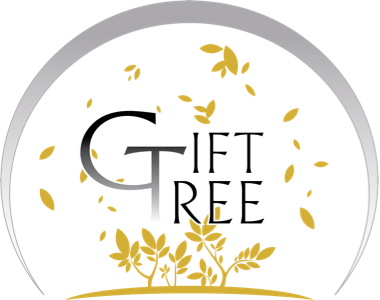


.jpg)







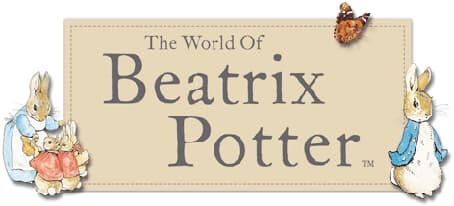
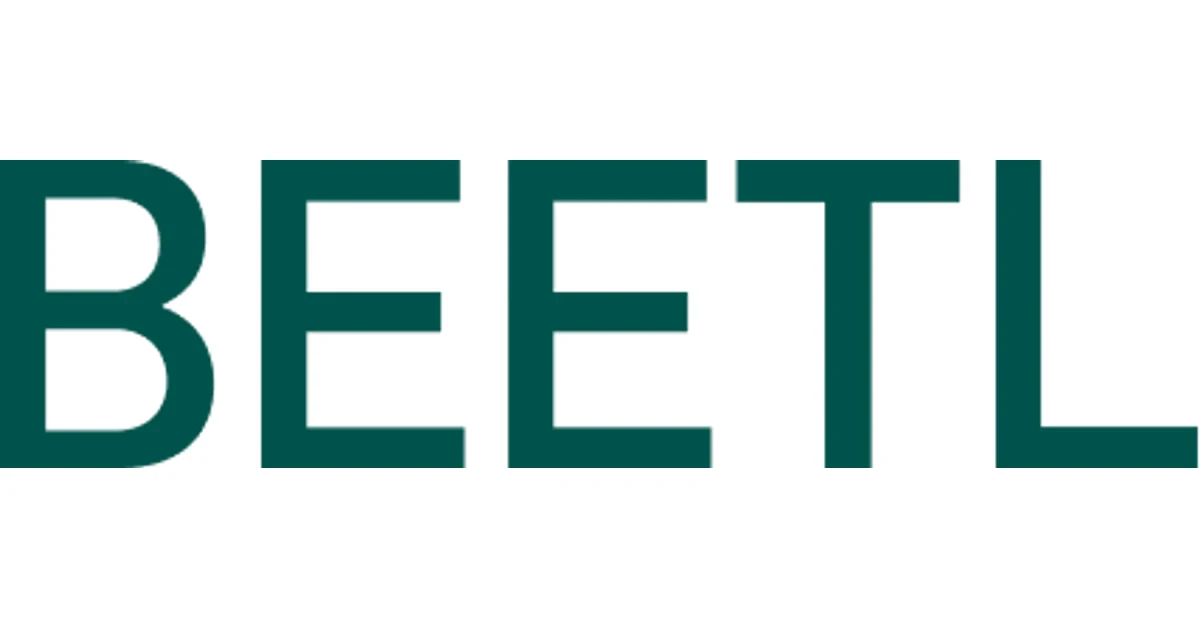
.jpg)


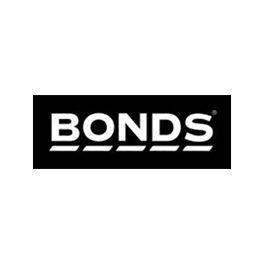
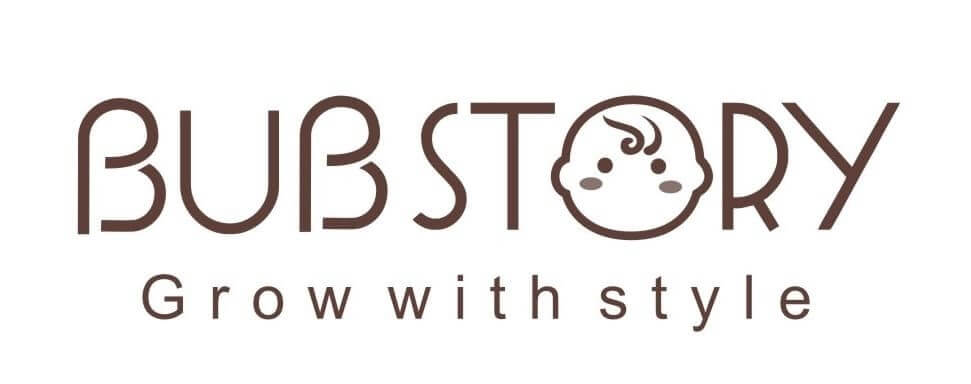

.jpeg)





.jpeg)



.jpeg)








.jpeg)
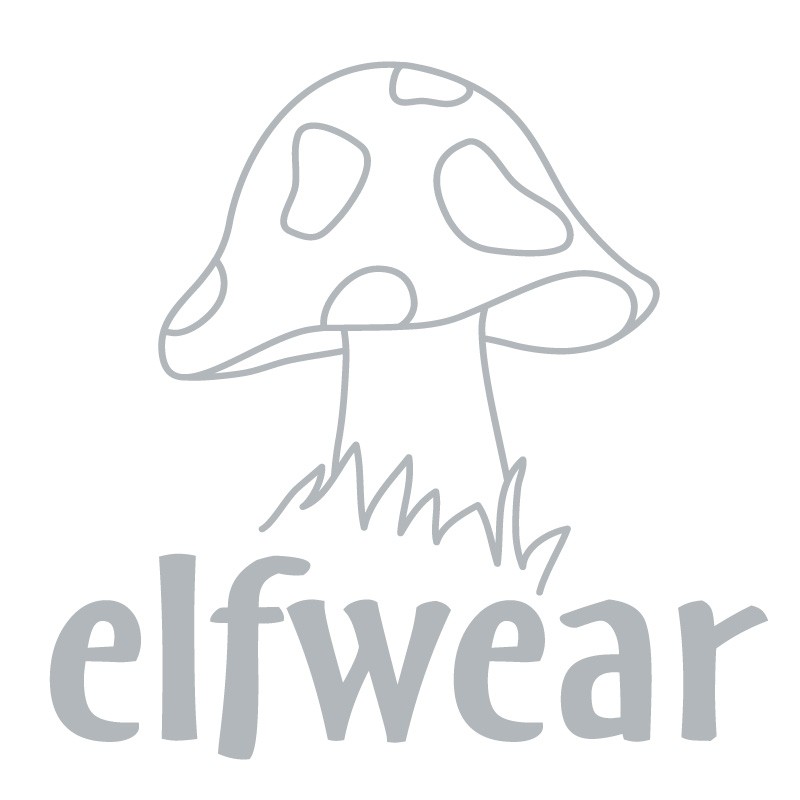


.jpeg)

.jpeg)
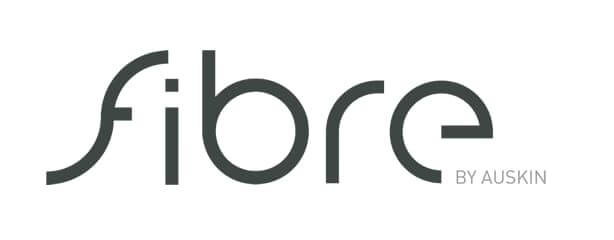
.jpeg)
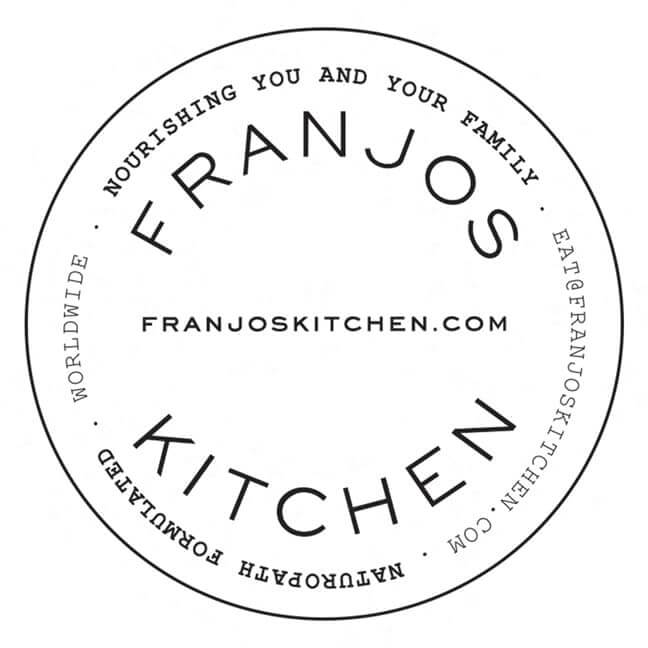
.jpeg)
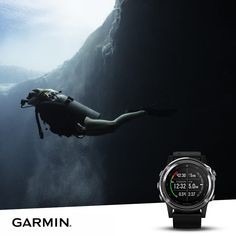

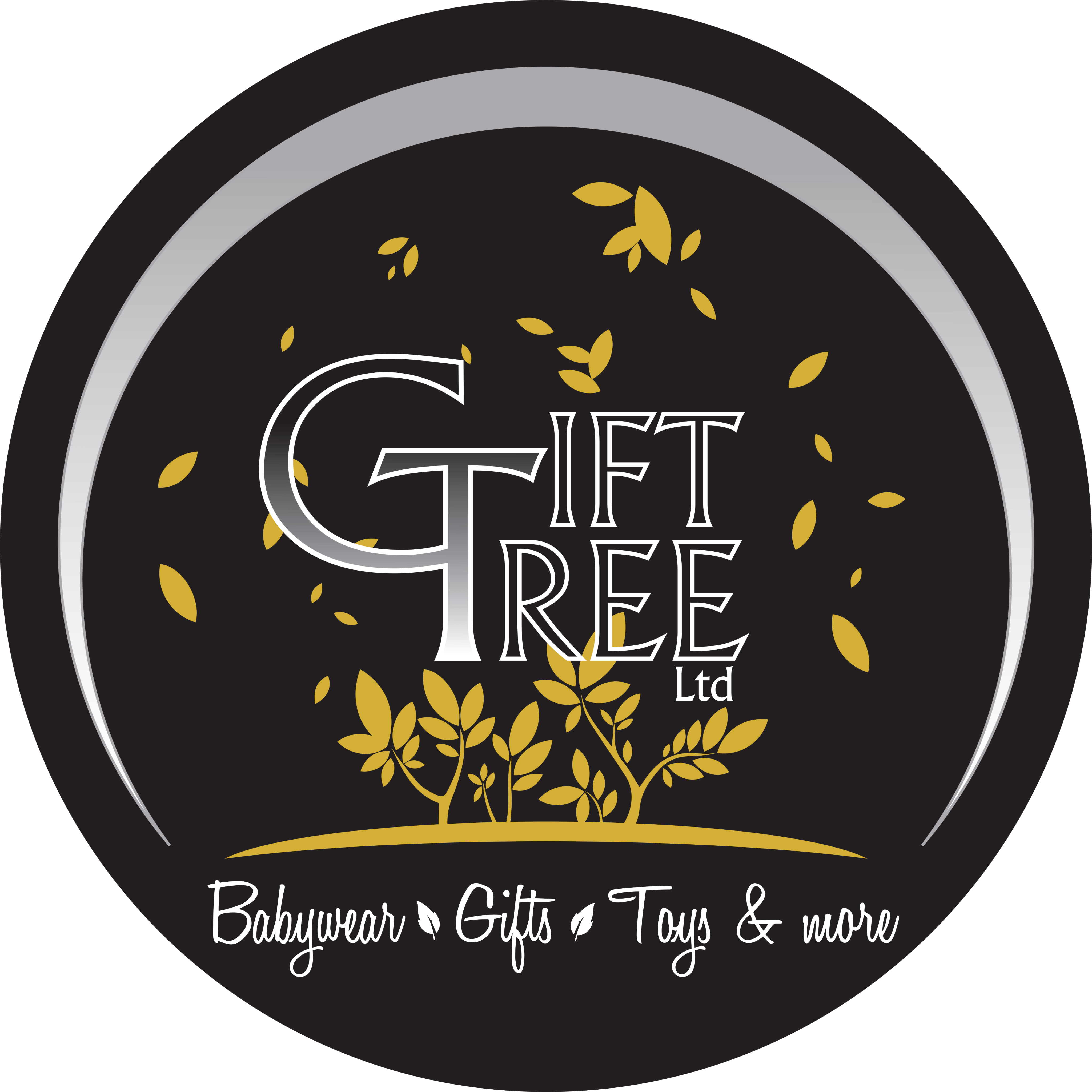

.jpeg)
.jpg)
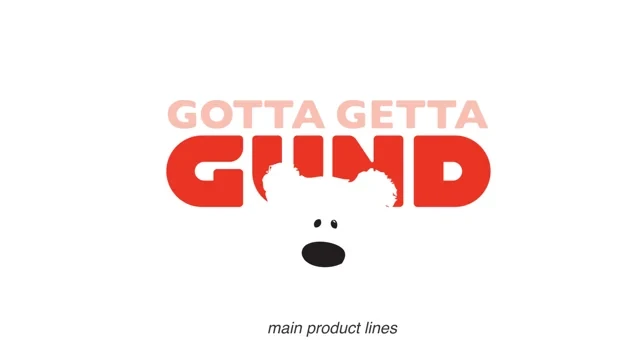
.jpeg)



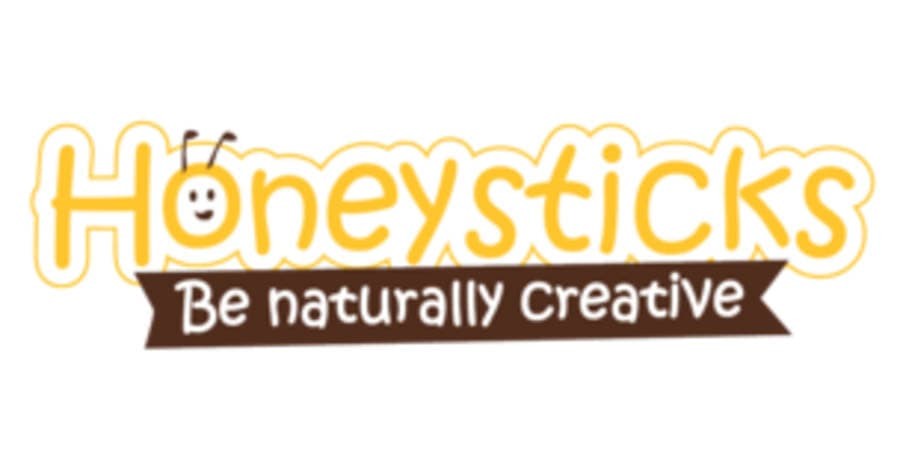


.jpeg)
.jpeg)




.jpeg)
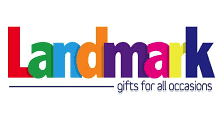

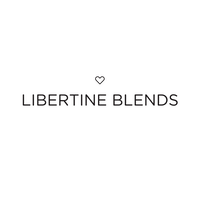
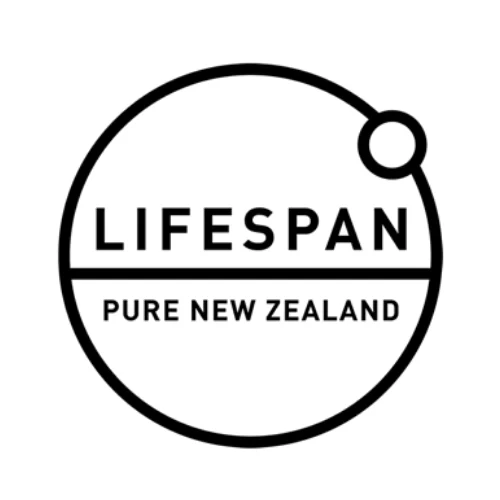
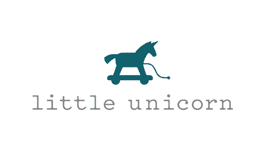
.jpeg)

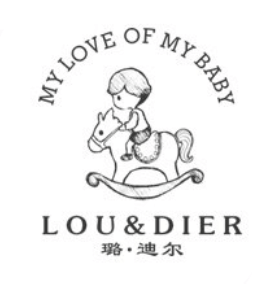
.jpeg)
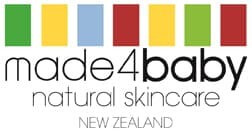
.jpeg)

.jpeg)
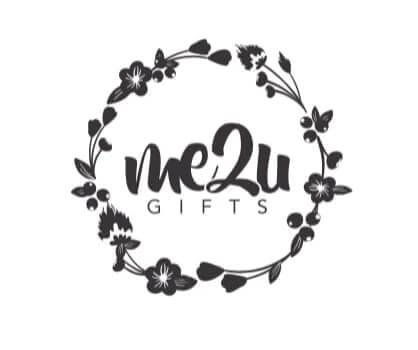
.jpeg)


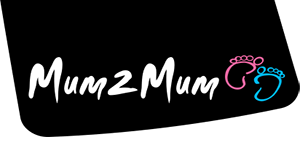



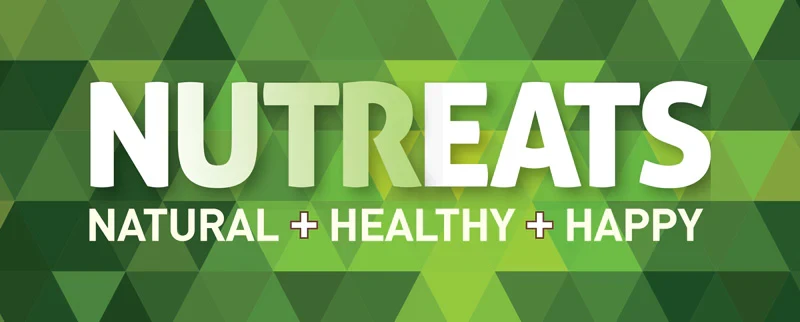
.jpeg)
.jpeg)
.jpeg)





.jpeg)

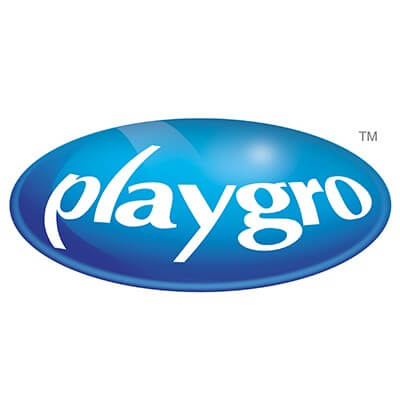

.jpeg)


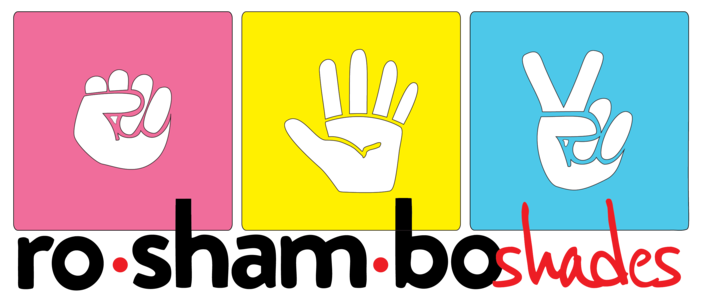

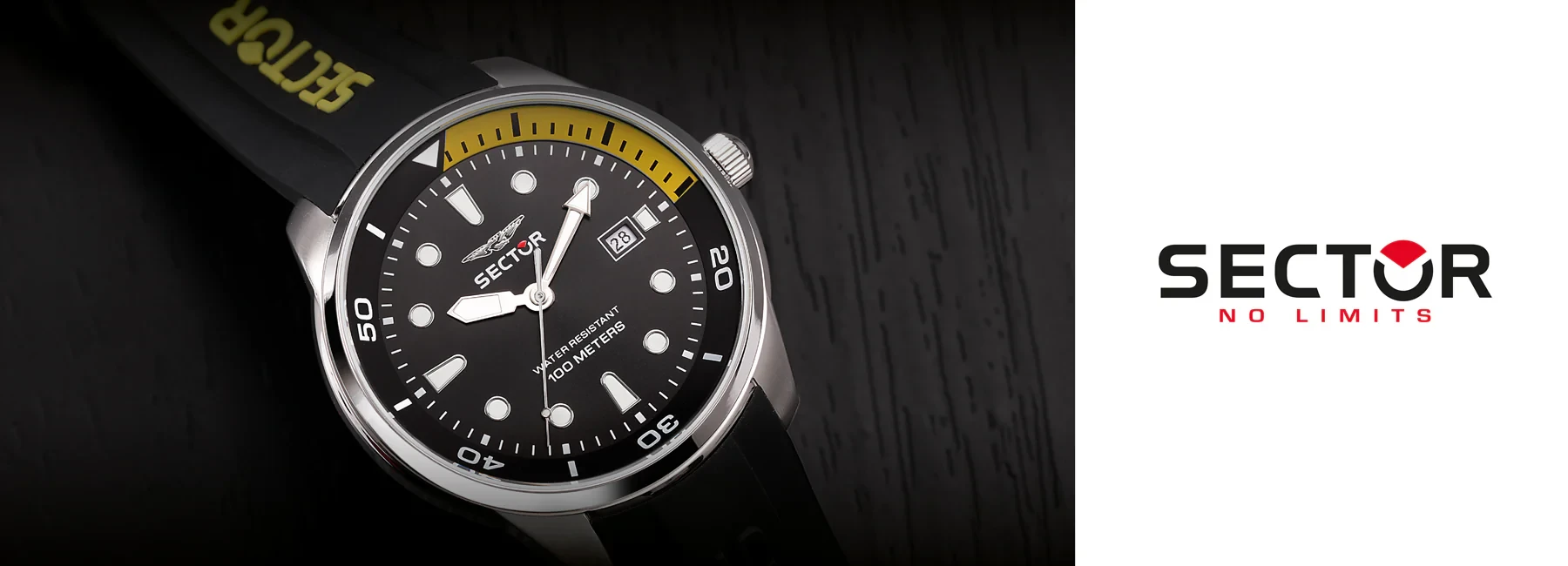
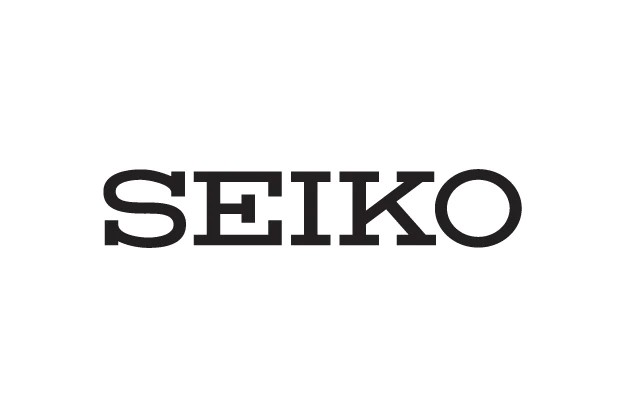
.jpg)
.jpeg)

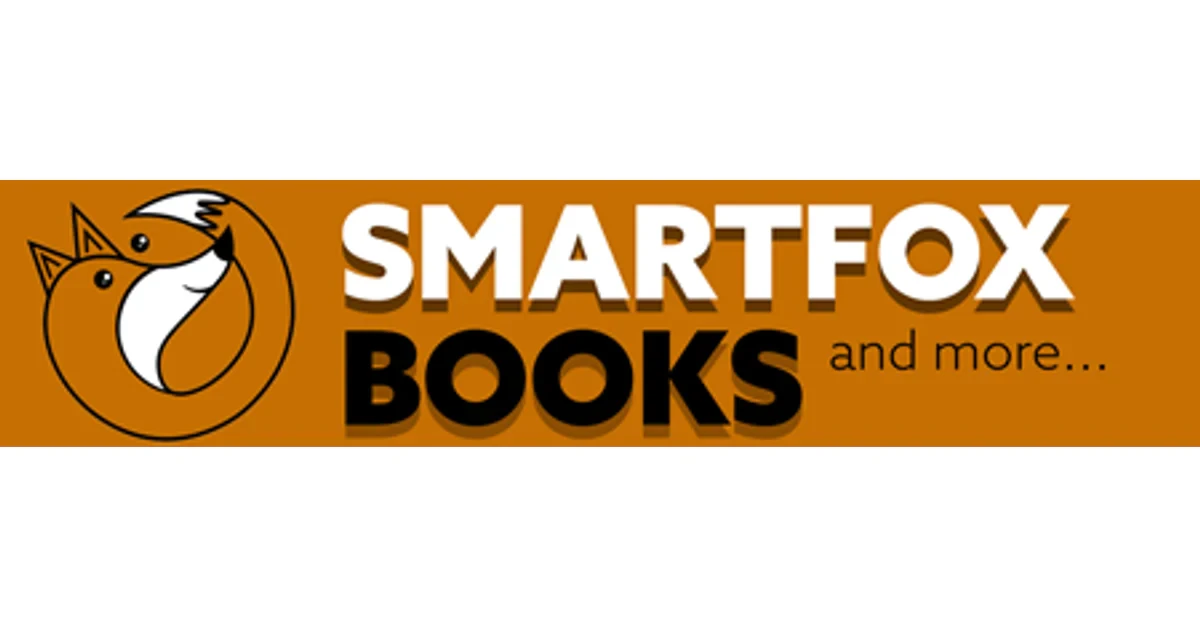
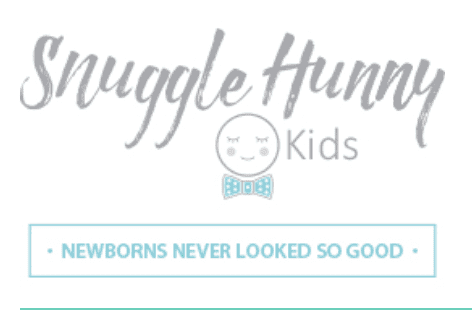





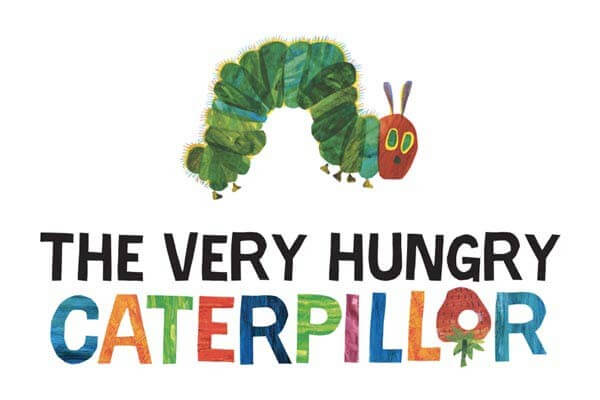
.jpg)

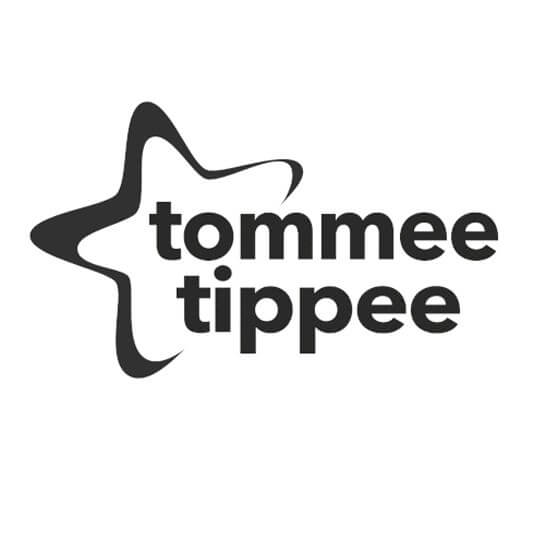
ulva-Logo.jpg)



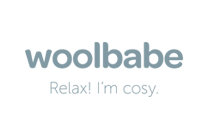
.jpeg)
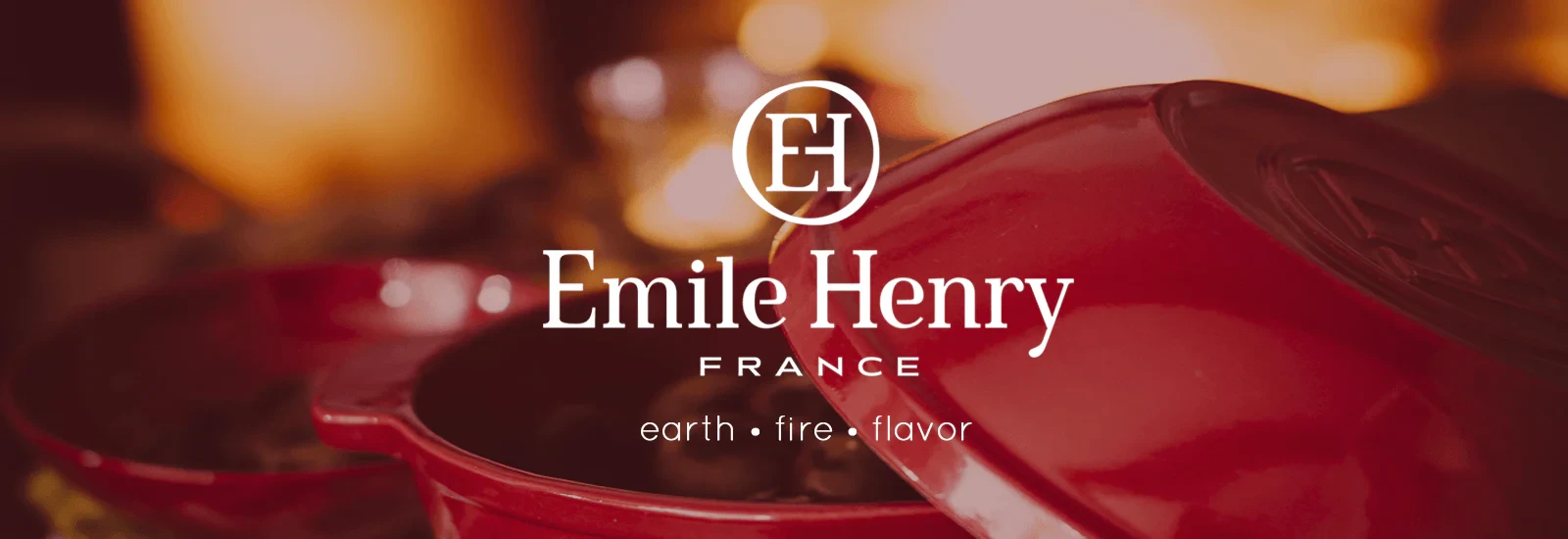
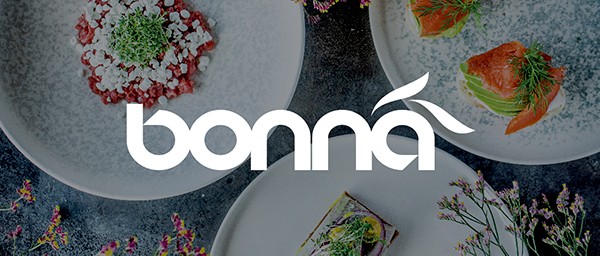

.png)

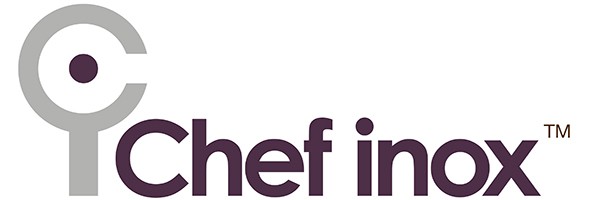
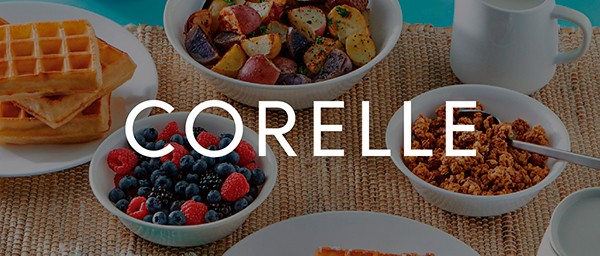
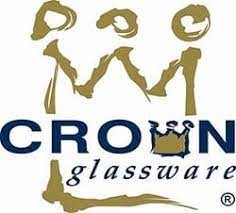
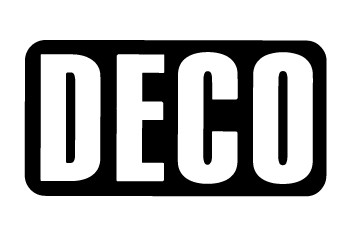
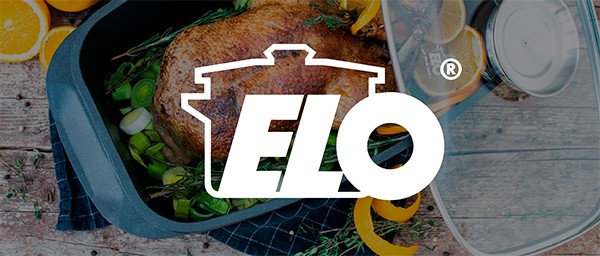
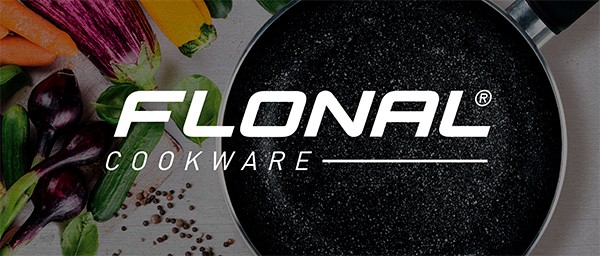
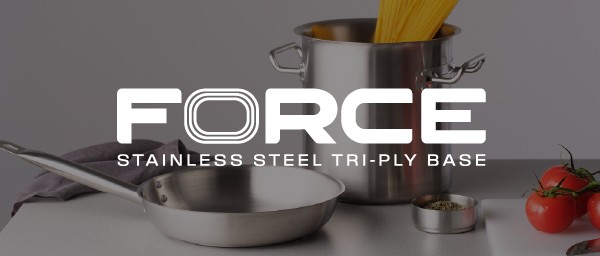
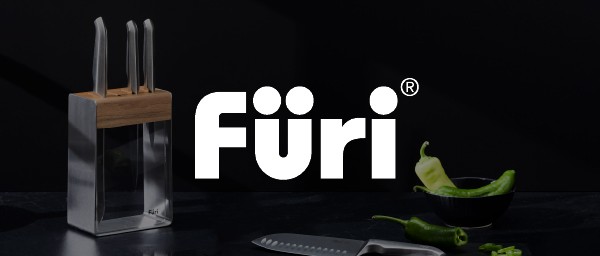
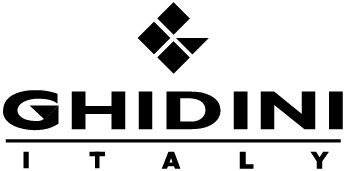
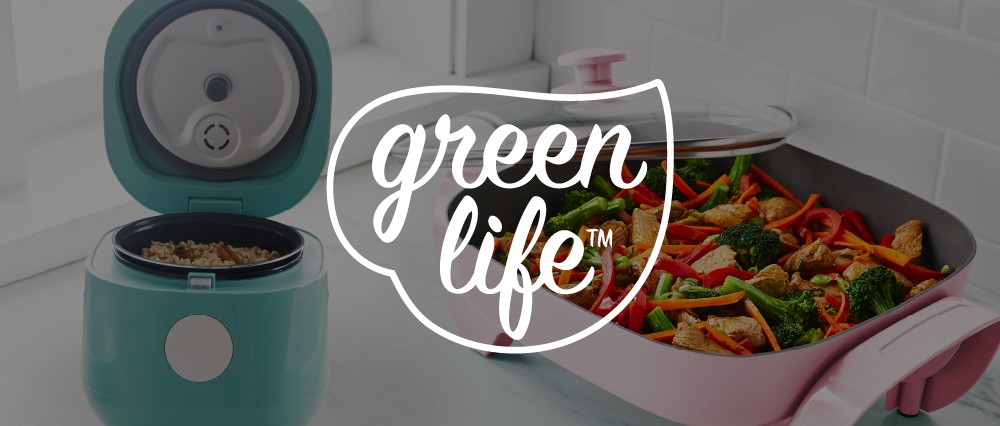
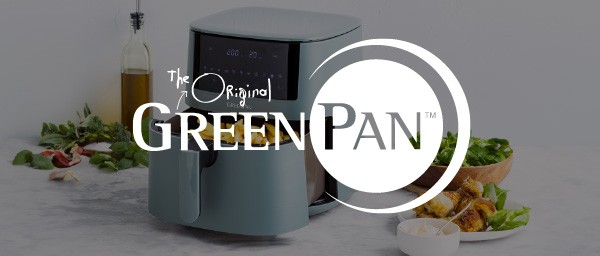
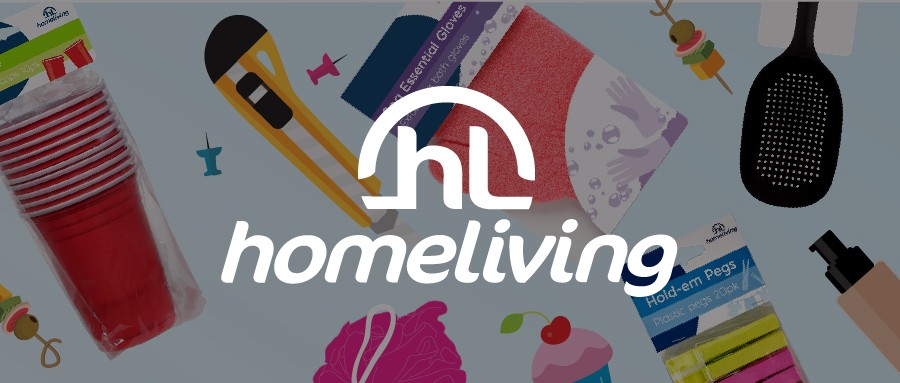
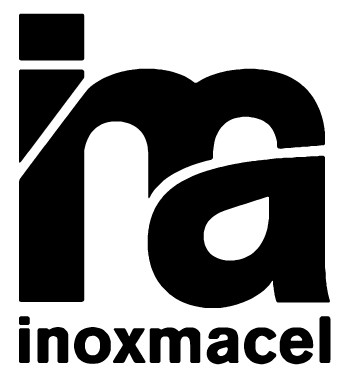
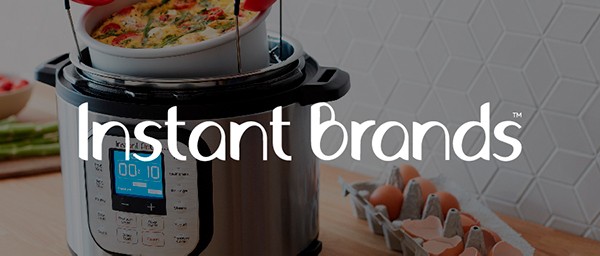
.png)
